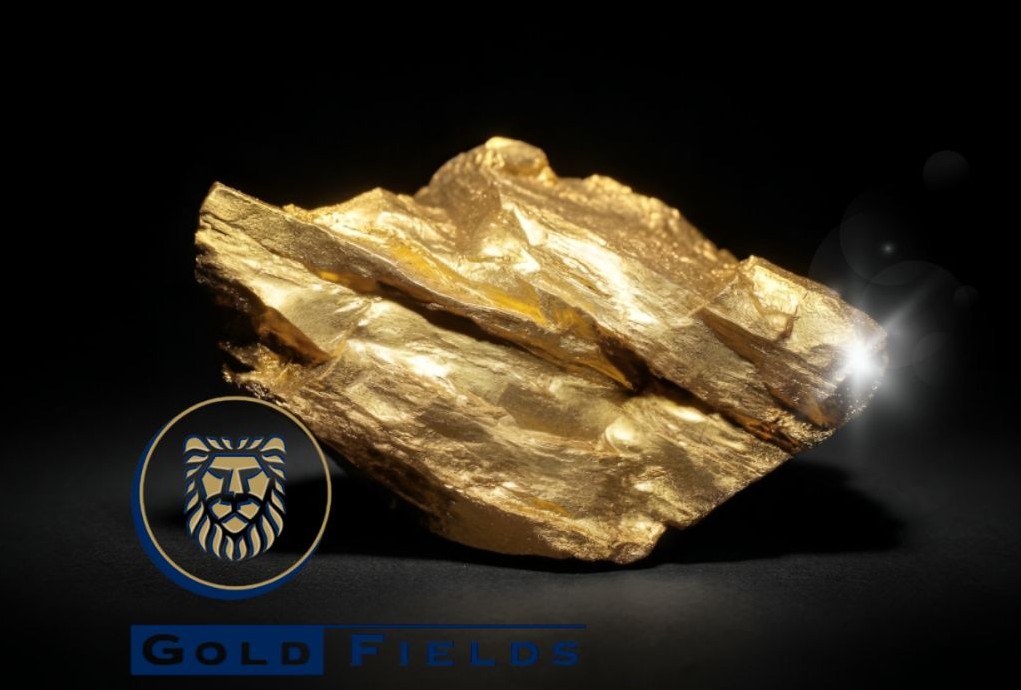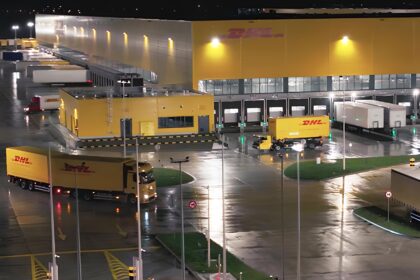At a Glance
- Gold Fields’ market cap nears $20 billion after a 60% stock surge so far in 2025.
- CEO Mike Fraser’s strategy boosts profit 78%, refocusing on core assets.
- Strong gold prices and global investor interest drive growth and confidence.
Gold Fields Limited has surged to a market capitalization of nearly $20 billion, reinforcing its status as Africa’s most valuable mining company.
The Johannesburg-listed gold producer has seen its stock jump more than 60 percent so far this year, adding $6.7 billion to its market capitalization in just five months—a feat unmatched by any other mining firm on the continent.
While its headquarters remain in Johannesburg, Gold Fields has grown into a global player. It runs 10 mining operations spread across Australia, South Africa, Ghana, Chile, and Peru, with an additional project underway in Canada.
Investors see 60 percent gain
The impressive increase in its presence and market capitalization reflects how the company has built on its African roots to grow into one of the world’s leading gold producers.
Its market cap rose from R221.14 billion ($12.4 billion) at the start of the year to R355.4 billion ($19.9 billion) by late May—a gain of R134.22 billion ($7.51 billion) that highlights strong investor confidence.
That confidence has played out in its stock price, which climbed from R247.08 ($13.83) to R397.04 ($22.25) per share—a 60.7 percent increase.
For investors, the rewards have been substantial: a $100,000 investment in Gold Fields at the start of the year would now be worth around $160,000. In a global environment marked by economic uncertainty and shifting geopolitical tides, that kind of return stands out.
Strategic divestments refocus company efforts
At the helm of this strong run is CEO Mike Fraser, who took over in January 2024. Since then, Fraser has led a strategy focused on sharpening the company’s portfolio and improving its financial strength. Under his leadership, revenue rose from $4.5 billion in 2023 to $5.2 billion in 2024, while net profit jumped by nearly 78 percent, reaching $1.29 billion. These results stem not only from improved operations but from Fraser’s decisions to exit projects and assets that no longer fit the company’s direction.
In 2024, Gold Fields sold its 45 percent stake in the Asanko Gold Mine and its 24 percent interest in Rusoro Mining. It also exited the Far Southeast project in the Philippines by selling its 40 percent stake and stepping away from an option to acquire more. By offloading these non-core assets, the company freed up capital and management focus to double down on more promising projects in regions with strong long-term prospects.
Gold Fields shines with gold boom
External factors have played a big role. Soaring gold prices have boosted the entire sector, but Gold Fields has been among the biggest beneficiaries. The company sold its gold at an average price of $2,418 per ounce in 2024—up 25 percent from the year before.
Gold ended the year at $2,625 per ounce and has since surged past $3,300 per ounce by May 2025. These prices have fattened profit margins and rewarded miners with efficient operations and large-scale output.
Even without the price boost, Gold Fields has strong fundamentals. Last year, it produced 2.1 million ounces of gold-equivalent and reported reserves of 44.3 million ounces.
It also holds 30.4 million ounces in measured and indicated resources, and another 11.6 million in inferred resources—enough to keep its operations running for decades.
Gold Fields gains global investor confidence
Gold Fields’ recent rise tells a broader story about the growing confidence in African-rooted companies on the global stage.
Once viewed mainly as regional players, firms like Gold Fields are now drawing serious attention from international investors—and it’s not hard to see why.
Since its founding in 1887, the company has steadily evolved into a modern, competitive business that can hold its own against the best in the world.
Several major global financial institutions have taken note. Foreign custodians holding 3 percent or more in Gold Fields include State Street Bank and Trust, with a 9.32 percent stake; JPMorgan Chase Bank, with 7.92 percent; Citibank NA London, holding 5.57 percent; and The Bank of New York Mellon, which owns 3.26 percent.
Among fund managers, BlackRock Inc. owns 7.31 percent of the company, VanEck Global holds 5.49 percent, The Vanguard Group has 4.08 percent, and M&G Investments owns 3.51 percent.
With gold prices remaining strong amid global inflation and shifting interest rates, Gold Fields is doing more than just leading within Africa—it’s showing that, with capable leadership and a clear direction, a mining company rooted on the African continent can also help define the future of the global industry.





